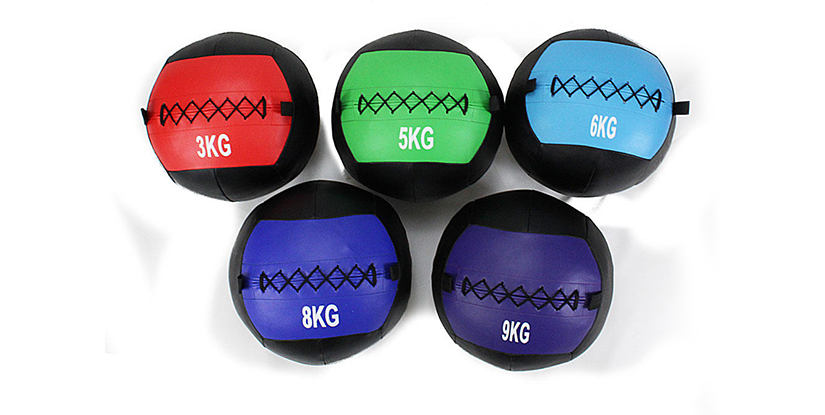When I first grabbed a wall ball 5kg off the rack at the gym, I had no clue what to actually do with it. I saw a post asking the same thing, and honestly? It took me a minute to figure it out too. But once I started messing around with it, I realized—this little thing’s a full-body burner if you use it right.
Why 5kg Is the Sweet Spot
At first, I figured a wall ball 5kg would be too easy—like, what’s it even good for? But turns out, I was way off.
It’s just heavy enough to feel legit, but still light enough to keep the pace up. So you can move fast, stay sharp, and actually train power—not just grind.
Especially in our gym, it’s been clutch for:
- Muay Thai fighters building explosive hips and shoulders
- Group classes that need smart scaling without losing intensity
- Conditioning days where you want the heart rate up but joints intact
So yeah, 5kg may look light, but it hits hard—if you use it right.
My Go-To 5kg Wall Ball Workouts
Here’s how I actually train with a 5kg wall ball. Nothing fancy—just solid moves that hit hard and keep people coming back for more.
Power & Explosiveness
When I want pop—not just grind—I go with these:
- Wall Ball Slams – Slam it like you mean it. Full reset between reps. Try 3 rounds of 10.
- Overhead Throws – Big push through the floor, fast release. I usually go 3 sets of 8–10.
- Squat Jumps w/ Ball – Hold the medicine ball overhead, jump hard, land soft. 30 seconds on, 30 off.
These are great for fighters and athletes who need speed, not bulk.
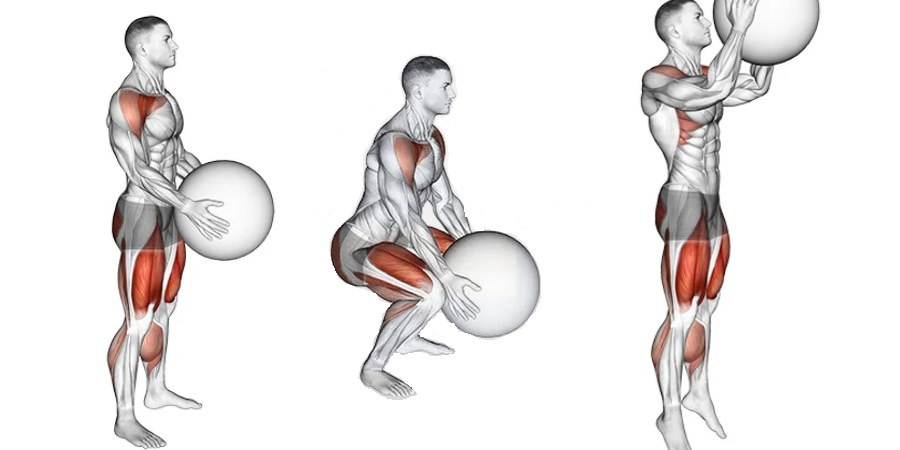
Conditioning Finishers
When the goal is: leave it all on the floor.
- Mountain Climbers (hands on ball) – Core lights up fast. I go 4 rounds of 20 seconds on, 10 seconds rest.
- Wall Ball Push-Ups – One hand on the ball, switch sides every rep or every set. I like 3 sets of 10 total.
- Toe Taps – Fast feet. Light touches. Usually do 3 rounds of 30 seconds.
Super scalable for groups too—just adjust time or tempo.
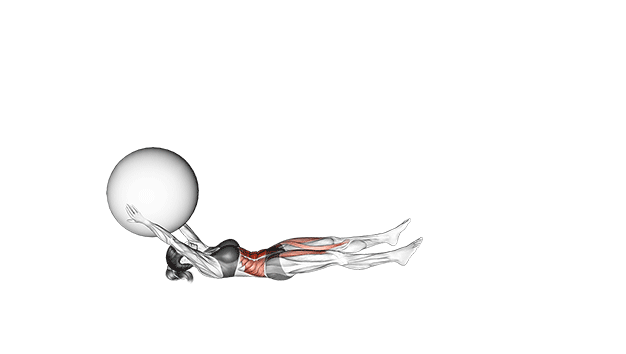
Core Work That Actually Hits
Way harder than they look. Trust me.
- Russian Twists – Control each side. No bouncing. 3 sets of 20 total.
- Dead Bugs – Core + brain work. I’ll go 3 sets of 10 slow reps.
- Rotating Boat Pose – Slow-mo twists with the ball. Hold tension. 30 seconds per round.
We use these a lot with fighters and anyone rebuilding their core.
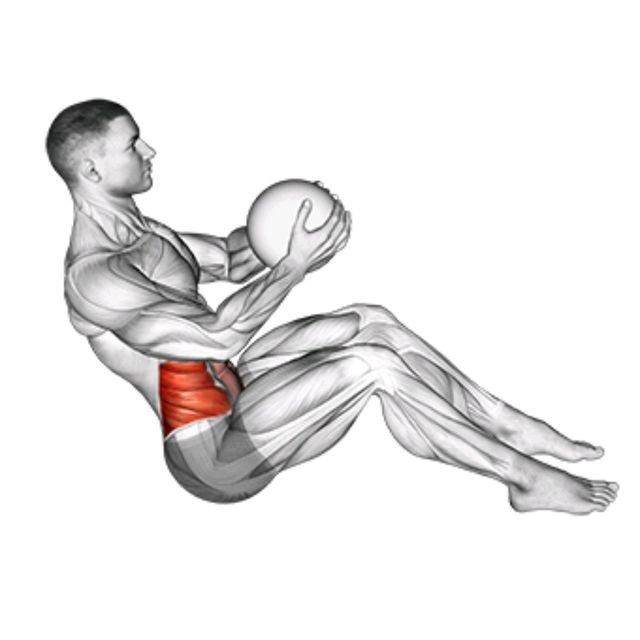
Bonus: Balance + Control
This is where people slow down, breathe, and work on the little stuff.
- Side Lunges w/ Front Hold – Makes you stay tall. I run 3 rounds of 8 each leg.
- Overhead Squats – Crazy good for shoulder control. Go slow. I do 3 sets of 6–8.
- Wall Ball Holds – Hold it like a goblet squat, stay low. 30 seconds is brutal.
We use these in warmups, cooldowns, and rehab circuits all the time.
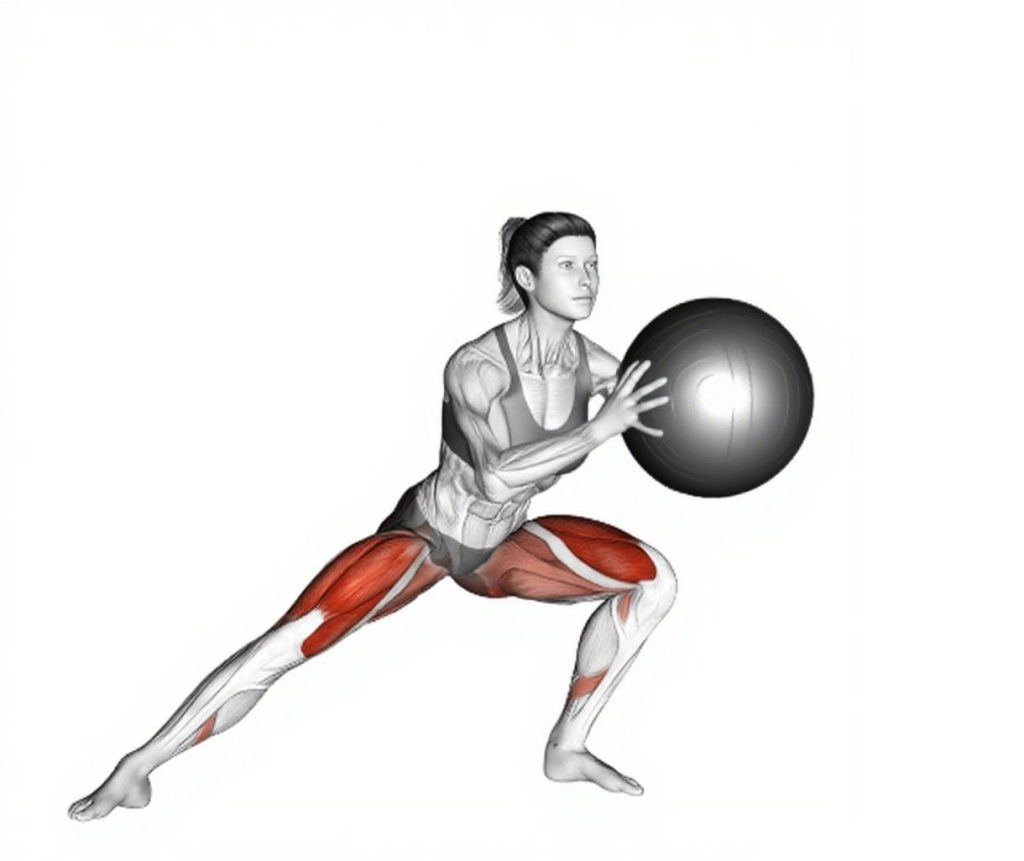
These aren’t just random moves. I’ll usually stack 2–3 into mini circuits like this:
Example Circuit:
- 10 Slams
- 20 Russian Twists
- 30s Wall Ball Hold
→ Rest 1 min, repeat x3
Or:
Speed Round Finisher:
- 30s Toe Taps
- 20 Mountain Climbers
- 10 Push-Ups (1 hand on ball)
→ 3 Rounds for time
Quick, scalable, full-body work. Just what a busy gym floor needs.
What Muscles Does the Wall Ball Actually Work?
I didn’t realize it at first—but the 5kg wall ball low-key lights up your whole body. It kinda sneaks up on you, depending on how you use it.
Here’s how I break it down:
| Muscle Group | What’s Actually Happening |
|---|---|
| Quads & Glutes | All those squats, jumps, and lunges? Legs are working the whole time. |
| Core (Abs & Obliques) | Even when I’m not doing “core” moves, my abs are on. Twists? Forget about it. |
| Shoulders & Chest | Anything overhead—throws, presses, slams—torches your upper body. |
| Back & Arms | Catching and holding the ball loads up the biceps, grip, and upper back fast. |
| Stabilizers | Stuff like overhead squats makes you work just to stay upright. It’s humbling. |
So yeah—this thing’s not just for cardio. Use it right, and it’s full-body work from start to finish. Especially if you keep the tempo up.
My Tips to Make It Count
Look, a 5kg wall ball might not sound heavy—but it can hit hard if you use it right. Here’s what I’ve picked up from coaching with it on the gym floor:
- Control > Chaos
Don’t just huck it. I tell clients all the time—slow it down, own the movement. Especially on throws. Clean form makes everything work harder. - Mess with tempo
Wanna make 5kg feel like 15? Easy. Go slow on the drop—control every inch firstly; then pause at the bottom—yeah, hold it there. Finally explode up hard—like you’re launching off the floor. Add short rest windows and boom—burn city. - Use a partner
Partner tosses, quick passes, reactive throws—adds fun, but also forces people to stay sharp. Great in group classes too. Keeps energy high without piling on weight.
Basically, it’s not about going heavier. It’s about getting smarter with what you’ve got—and 5kg gives you more room to do just that.
FAQs about Wall Ball 5kg
It depends on the user and the goal. Generally, 6–10kg works well for most gym members in conditioning classes. However, beginners often start with 4–6kg, while advanced athletes might go heavier. In commercial gyms, a 5kg or 6kg wall ball offers the best balance—it’s heavy enough to challenge, but light enough for high reps and good form.
Yes, medicine balls are totally worth it—especially in group training and functional fitness settings actually. They’re chiefly versatile, scalable, and low-impact. You can use them not only for throws, slams, squats, core work, and more. Plus, they help build power, coordination, and control without needing a lot of space or setup.
Wall balls are easy to scale actually. You can adjust the ball’s weight, target height, reps, or tempo basically. For beginners, lower the ball weight and use a 9-ft target chiefly. For another advanced folks, go heavier and aim for 10-ft or higher. Coaches can also tweak rest periods or set time caps to scale intensity.
Not exactly. All wall balls are medicine balls, but not all medicine balls are made for wall work. Wall balls are bigger, softer, and designed for throws against a wall without bouncing actually. Slam balls and hard-shell med balls, on the other hand, are heavier and firmer—meant for different types of impact.
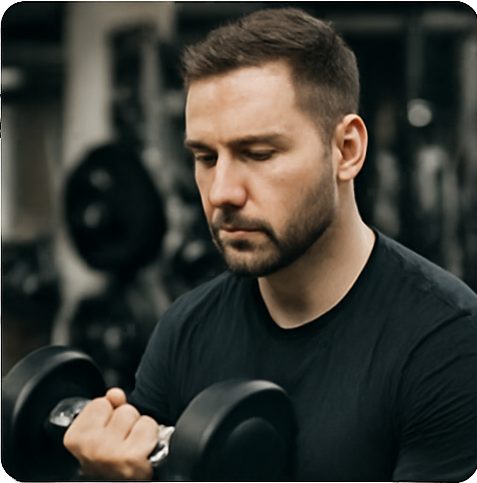
Hi, I’m the editor here at Leadman Fitness. We’re a manufacturer focused on producing top-quality barbells, plates, kettlebells, dumbbells, and strength training gear. I’ve been into sports and fitness for years, and I know my way around all kinds of gym equipment—both from using it and helping create it.
I spend a lot of time understanding the real problems people run into in the gym—whether it’s beginners trying to pick the right gear or experienced lifters looking for something more durable. I stay in close touch with our production team and talk directly with other equipment makers, so we’re always improving based on what real lifters and coaches are looking for.
What I share comes from hands-on experience—stuff that actually helps people train better, not just in theory, but in real gyms.
